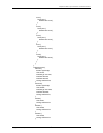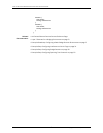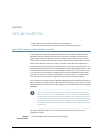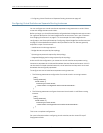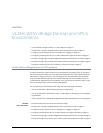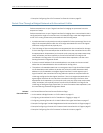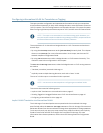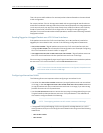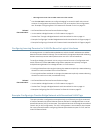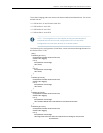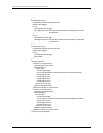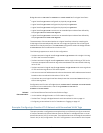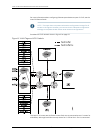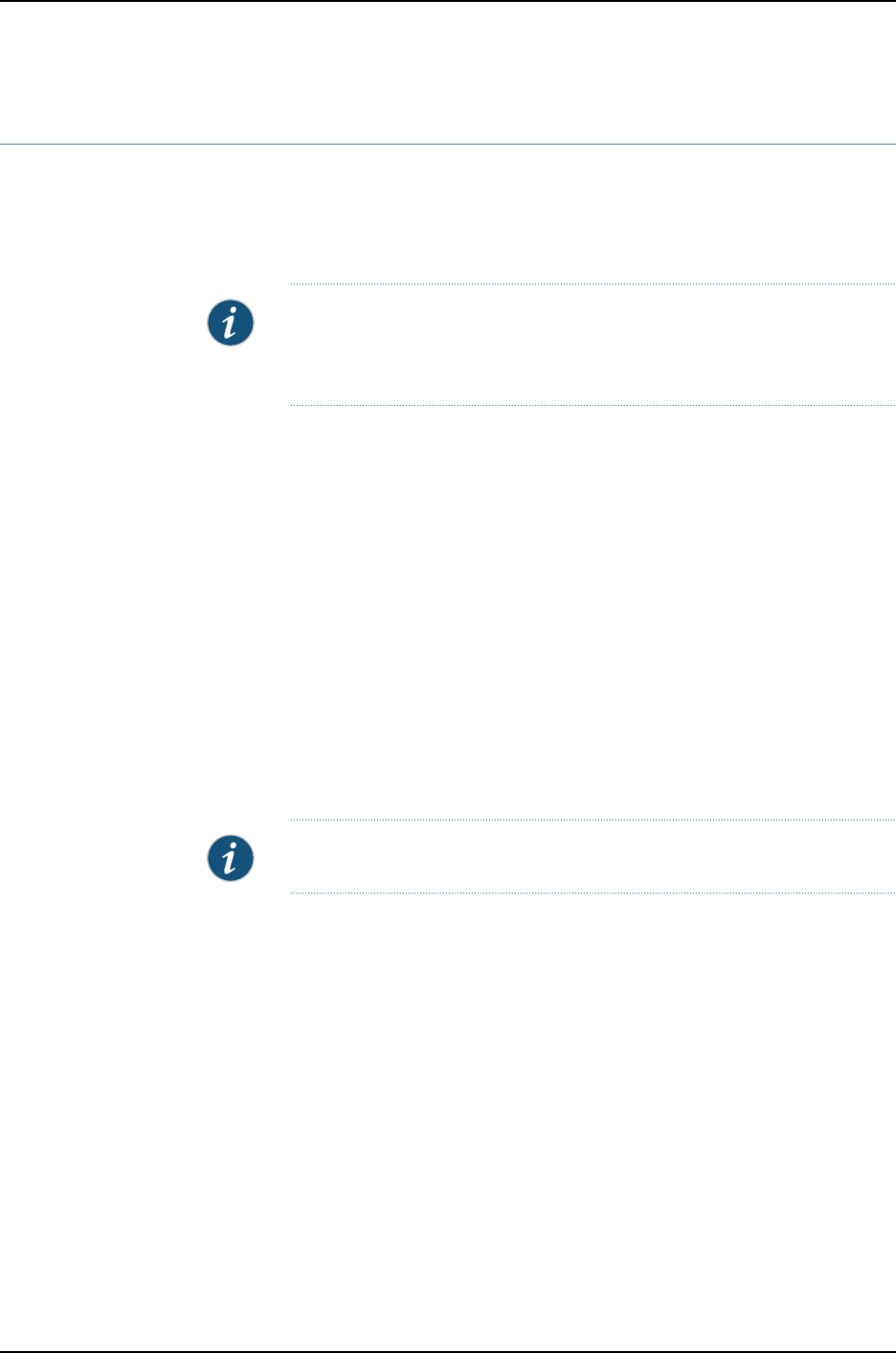
Configuring a Normalized VLAN for Translation or Tagging
This topic provides configuration and operational information to help you manipulate
virtuallocalareanetworks (VLANs)within a bridge domain ora virtualprivate LANservice
(VPLS)instance. TheVPLSconfigurationis notcovered inthis topic.For moreinformation
about configuring Ethernet pseudowires as partof VPLS, seethe Junos OSFeatureGuide.
NOTE: This topic is not intended as a troubleshooting guide. However, you
canuseit witha broadertroubleshootingstrategy toidentify JuniperNetworks
MX Series Ethernet Services Routers network problems.
The manipulation of VLANs within a bridge domain or a VPLS instance can be done in
several ways:
•
By using the vlan-map statements at the [edit interfaces] hierarchy level. This chapter
does not use vlan-map. For more information about VLAN maps, see the Junos OS
Network Interfaces Configuration Guide.
•
By using vlan-id statements within a bridge domain or VPLS instance hierarchy. This
method is used in the configuration in this chapter.
The vlan-id and vlan-tags statements under the bridge domain or VPLS routing instance
are used to:
•
Translate (normalize) received VLAN tags, or
•
Implicitly create multiple learning domains, each with a “learn” VLAN.
The use of a VLAN map or a normalized VLAN is optional.
NOTE: You cannot use vlan-map when configuring a normalized VLAN.
This section discusses the following topics:
•
Implicit VLAN Translation to a Normalized VLAN on page 45
•
Sending Tagged or Untagged Packets over VPLS Virtual Interfaces on page 46
•
Configuring a Normalized VLAN on page 46
Implicit VLAN Translation to a Normalized VLAN
The VLAN tags of a received packet are compared with the normalized VLAN tags
specified with either the vlan-id or vlan-tags statements. If the VLAN tags of the received
packet aredifferentfromthenormalizedVLAN tags,then appropriateVLANtagoperations
(such as push-push, pop-pop, pop-swap, swap-swap, swap, and others) are implicitly
made to convert the received VLAN tags to the normalized VLAN tags. For more
information about these operations, see the Junos OS Routing Protocols Configuration
Guide.
45Copyright © 2010, Juniper Networks, Inc.
Chapter 4: VLANs Within Bridge Domain and VPLS Environments



